Given the variety of outdoor recreation that can be enjoyed on western ranches, it is easy to overlook the fact that true ranching – the actual process of grazing livestock on land – can be one of the most important tools for maintaining the overall health of a ranch’s plant and wildlife habitat. Even for those recreational-minded landowners who are primarily interested in big game hunting, wing shooting, fly fishing, camping, or hiking, it is important to understand how grazing can positively or negatively affect the long term health and value of a ranch.
There is a contingent of non-ranching landowners and buyers who believe that the best way to return a ranch to its “natural state” is to remove all livestock and cease any grazing on the property. Their thinking is that the grasses and other plants will be able to grow wild, without being disturbed, eaten, or trampled by livestock. But the reality, as described in Jim Howell’s excellent book For the Love of Land, is that many of North America’s native grasses evolved to thrive under periodic grazing; without grazing, the grasses do not grow or reproduce as they have evolved to do.
Tens of thousands of years ago, before cows (or even early humans) arrived in North America, the land was populated with huge migrating herds of grazing mammals – bison, elk, sheep, pronghorn, and deer. Prior to that, during the Pleistocene era about 1.8 million years ago, there were even several species of camels and llamas inhabiting the land. These massive herds would move into an area, aggressively graze, trample the grasses with their hooves, and then move along to new areas to repeat the process. Grasses evolved to thrive under this pattern of severe grazing and trampling followed by rest and recovery. Grazing became a method for removing previous years’ old or dead growth, and trampling with hooves became the method of “planting” grass seeds into the soil.
Most of North America’s roving mammal herds are long gone – commercial hunting during the late 1800s reduced bison herds from an estimated 30-60 million down to a few thousand (and, on this continent, camels are now only found in zoos!). Research has shown, however, that not much has changed with western U.S. grasses – many varieties are surprisingly similar to their ancestors from tens of thousands of years ago. These grasses are “built” to be grazed – they still need some sort of animal to defoliate (eat) them so they can survive, and also to stomp and grind their seeds into the ground so they can reproduce. Cows are now the primary large-scale grazers in North America, and with proper management, they can be used to keep the grasses on a ranch healthy and strong.
To illustrate this idea, one example in For the Love of Land compares the grass in Canyonlands National Park (where grazing is prohibited) to the same exact species of grass growing just outside the park boundary (where grazing is allowed). Inside Canyonlands, Howell describes huge expanses of land covered with grass that has died because of an “overburden of dead material” in the center of the plants due to the absence of grazing. Just outside the park boundary, the same species of grass are “living and vigorous” due to livestock periodically defoliating the grass, preventing dead material from accumulating and killing the plants.
It is important to note that extreme overgrazing can be equally or more harmful than a complete lack of grazing because, if left to their own devices in a fenced pasture, livestock will easily eat the grasses down so low that they are not able to recover and grow. Grasses in the western United States did not evolve based on a pattern of being grazed day after day, year after year, with no opportunity for recovery and regrowth. Ranchers must execute customized, well-reasoned grazing plans to ensure the proper balance of grazing and rest, based on their particular ranch, herd, climate, capabilities, and goals.
In the American West, it is clear that responsible grazing leads to hardier grasses, and healthy grass is the foundation of a strong ranch ecosystem. Whether the landowner’s objective is growing the ranch’s wildlife population, increasing its financial value, or simply improving the aesthetics, a well-executed, sustainable grazing plan is one of the most important steps toward accomplishing any of these goals.
Written by Ed Roberson, a Colorado-based ranch broker and land conservation consultant who has worked extensively throughout the Rocky Mountain West. To learn more, visit his blog www.mountainandprairie.com.
This content may not be used or reproduced in any manner whatsoever, in part or in whole, without written permission of LANDTHINK. Use of this content without permission is a violation of federal copyright law. The articles, posts, comments, opinions and information provided by LANDTHINK are for informational and research purposes only and DOES NOT substitute or coincide with the advice of an attorney, accountant, real estate broker or any other licensed real estate professional. LANDTHINK strongly advises visitors and readers to seek their own professional guidance and advice related to buying, investing in or selling real estate.




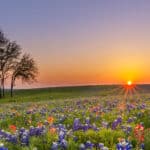

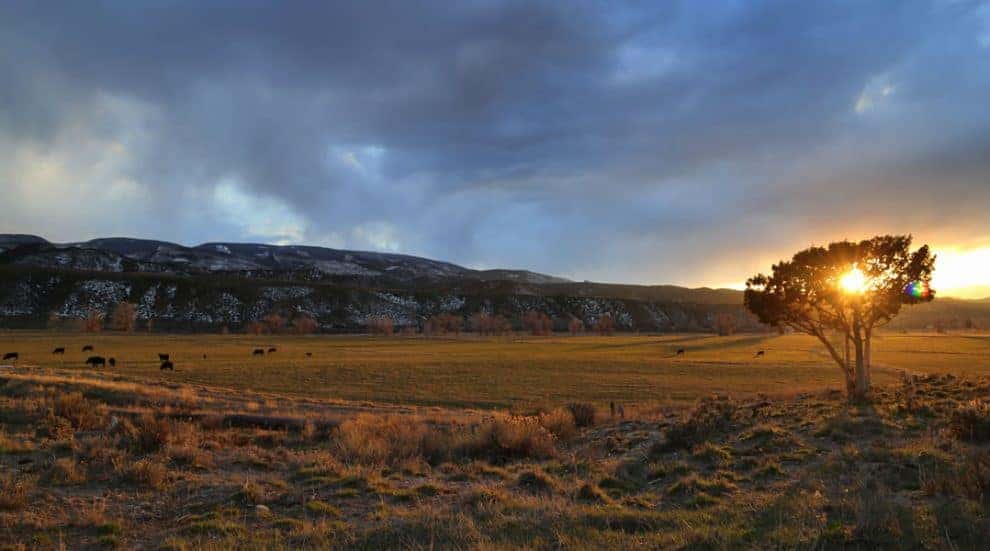
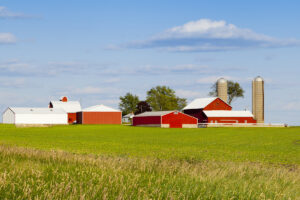
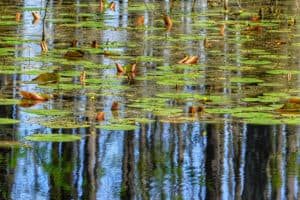
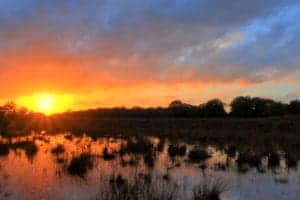
Add Comment